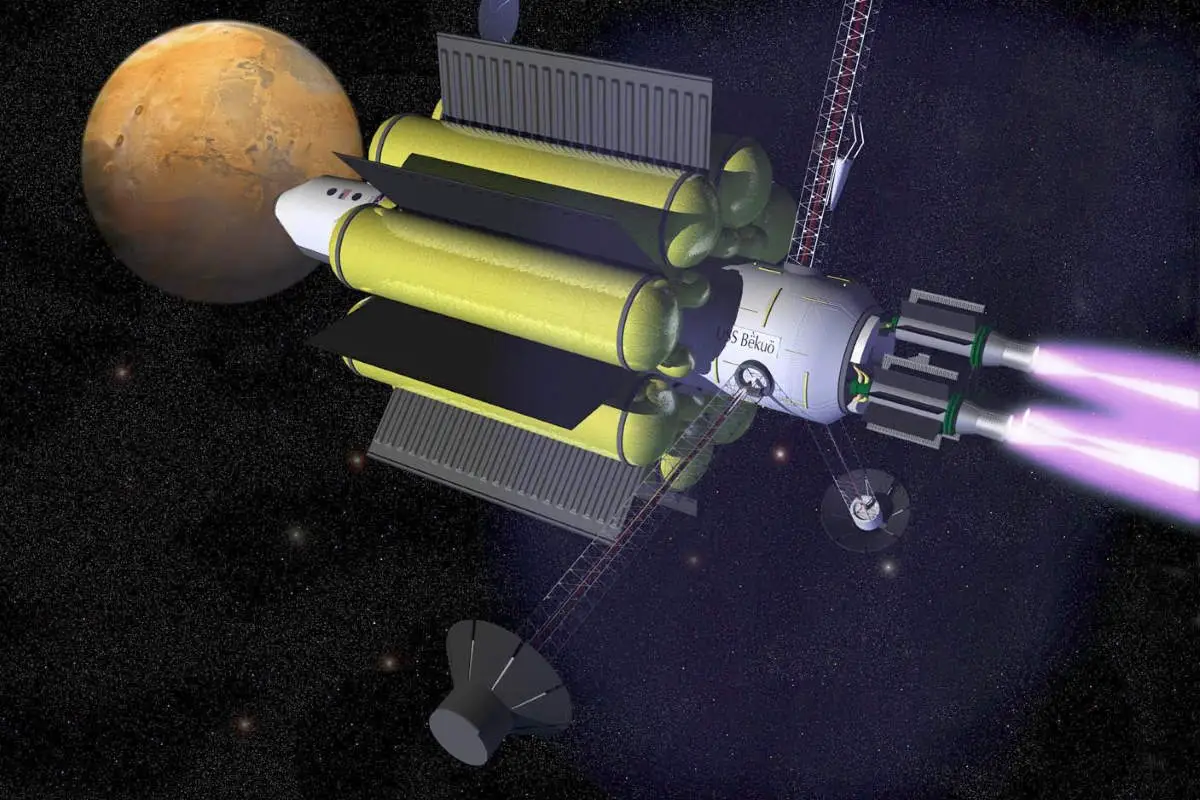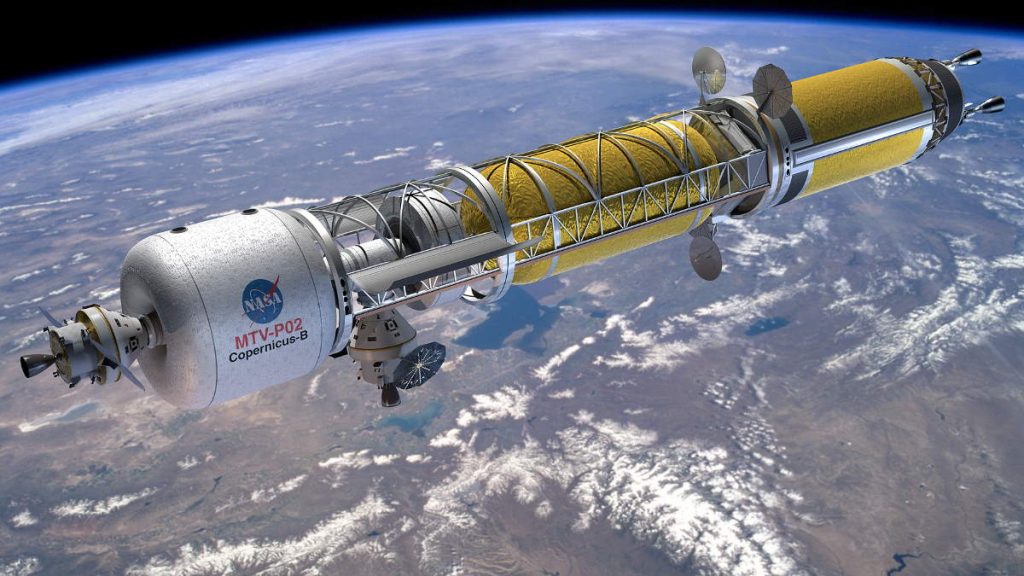A good rule of thumb: if you see a headline saying something “breaks the laws of physics” (i.e. the “Impossible Engine”) the headline is flat-out wrong.
This rule of thumb can be applied to, for example, cold fusion. the EM drive, or any perpetual motion machine.
A perpetual motion machine is a hypothetical machine that can do work indefinitely without an energy source (“perpetual motion” is the motion of masses that continues indefinitely). This kind of machine is impossible, as it would violate the first or second law of thermodynamics.
The first law of thermodynamics is a version of the law of conservation of energy, adapted for thermodynamic systems.
The law of conservation of energy states that the total energy of an isolated system is constant; energy can be transformed from one form to another but can be neither created nor destroyed.
The second law of thermodynamics states that the total entropy of an isolated system can never decrease over time (Wikipedia).
There are spontaneous processes, like two gases mixing together, air leaking from a balloon, or a cup of hot tea losing its heat. They are basically processes of moving from state 1 (low entropy) to state 2 (high entropy). This move occurs without external aid (or energy input).
What about the opposite process? Can it also occur spontaneously (without using energy)? Would this cup of tea become hot again, without any external aid?
The answer is no.
Yet Another “impossible engine”: David Burns’ “Helical Engine”
Recently, NASA engineer David Burns proposed yet another “impossible engine” named “Helical Engine” in a paper published by NASA.
In an article titled “For The Last Time, No, a NASA Engineer Has Not Broken Physics With An Impossible Engine” published on the Forbes website, the American theoretical astrophysicist and science writer Ethan Siegel explained why Burns’ claims are absurd, and why such engines never work.
Siegel simplifies Burns’ claims: according to the American astrophysicist, Burns “argues that if you take a ring in a box and allow it to bounce back-and-forth between two of the walls, each perfectly elastic collision will impart momentum to the container of the box”.
The summary of Burns’ paper is: “A new concept for in-space propulsion is proposed in which propellant is not ejected from the engine, but instead is captured to create a nearly infinite specific impulse. The engine accelerates ions confined in a loop to moderate relativistic speeds and then varies their velocity to make slight changes to their mass. The engine then moves ions back and forth along the direction of travel to produce thrust. This in-space engine could be used for long-term satellite station-keeping without refueling. It could also propel spacecraft across interstellar distances, reaching close to the speed of light. The engine has no moving parts other than ions traveling in a vacuum line, trapped inside electric and magnetic fields.”
Siegel explains why Burns’ ideas are absurd. He says “Every time a new story comes out about some idea or discovery that clearly violates a well-established law of physics, I’m quick to point out the flaws with it and to assert that this doesn’t and cannot work. I’m then quickly met with an army of non-physicists who claim that I’m too close-minded; that I’m not even open to the possibility of new technology; and that I’m not even giving it a fair shake.”
“On the contrary, explaining what we know about physics and how we know it, in the context of what’s been robustly established, is the fairest shake something can get. Physics is not broken, and the latest bad idea really is bad. Here’s why.”
In an answer to Siegel on Twitter, @generuso points out that Burns works at NASA’s Marshall Space Flight Center in Alabama, and says:
“One would hope for him to have the skill to evaluate ideas with feedback from the experts at his disposal. It did not seem to have happened here. That’s more alarming than the simple physics gaffe.”

Sources
- “For The Last Time, No, A NASA Engineer Has Not Broken Physics With An Impossible Engine” by Ethan Siegel on Forbes.com
- Perpetual motion on Wikipedia
- First law of thermodynamics on Wikipedia
- Second law of thermodynamics on Wikipedia
- “NASA Engineer Has A Great Idea for a High-Speed Spacedrive. Too Bad it Violates the Laws of Physics” on Universe Today
- Moon Landings: All-Time List [1966-2025] - February 2, 2025
- What Is Max-Q and Why Is It Important During Rocket Launches? - January 16, 2025
- Top 10 Tallest Rockets Ever Launched [2025 Update] - January 16, 2025
